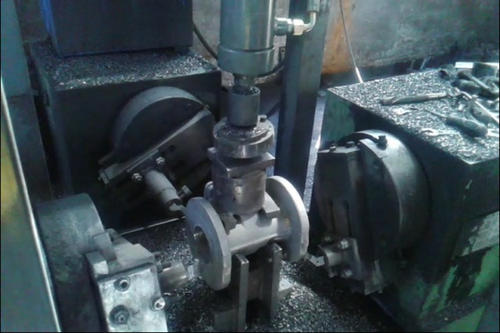Precautions on Closing Turbine Double Flange Butterfly Valve

After the flange butterfly valve is tightly closed, due to the change in medium or temperature of the environment, the thermal expansion of valve components will make the pressure between the gate plate and valve seat become bigger.
When this force is directed to the valve stem screw thread, it’ll become difficult to open the valve again. Therefore, the torque required to open the valve (namely the torque applied to the valve stem nut) is usually bigger than the torque required to close the valve.
In addition, for a pair of sealing surfaces that is in contact with each other, the coefficient of static friction is bigger than that of kinetic friction. So to make the sealing surfaces have a relative displacement from the stationary state, a large force must be applied to overcome the static friction force. This is more evident in valves that are opened again after being closed.
Because temperature changes make the pressure between sealing surfaces bigger and the static friction force needed to be overcome also increases, when the valve re-opens after being tightly closed, the torque needed to be applied on the valve stem screw thread is bigger, sometimes much bigger, than the torque needed to close the valve.
There are some gate valves or flange sanitary butterfly valves whose valve stem screw thread is on the gate plate, hand wheel or electronic device drives the valve stem to make the gate plate move up and down, the valve stem only makes rotation movement with no lifting movement. Such a gate valve is called a dark stem gate valve or rotary stem valve.





